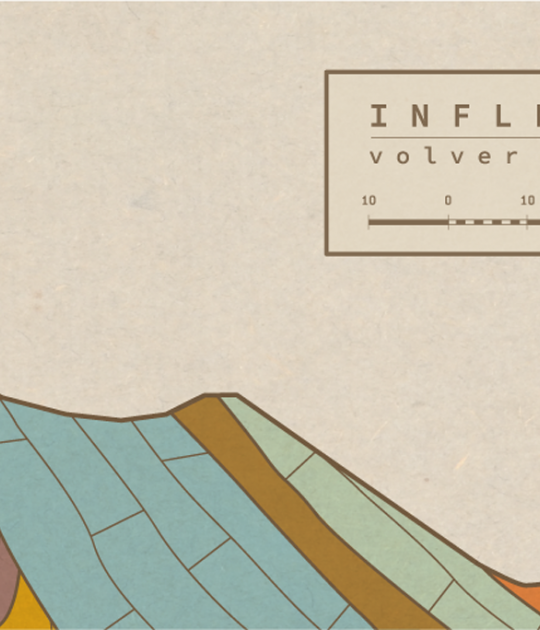El arquitecto japonés, Shigeru Ban estará en Barcelona este viernes 18 de marzo. Dará una conferencia en el Instituto de Arquitectura Avanzada de Catalunya a las 20h.
Estará muy pocas horas en la ciudad así que no puede conceder entrevistas aunque sí que será posible plantearle cuestiones tras su conferencia."
Shigeru Ban, nació en Tokio en 1957, estudió en el Southern California Institute of Architecture y se graduó en la Cooper Union School of Architecture en 1984. En 1985, fundó Shigeru Ban Arquitectos en Tokio. En 1995, comenzó a trabajar como consultor de las Naciones Unidas para los Refugiados y al mismo tiempo estableció una ONG, la Voluntary Architects’ Network (VAN) en 1995.
Es conocido por sus ideas innovadoras expuestas en proyectos como "Curtain Wall Hose", el Pabellón de Japón Hannover EXPO 200, "Nicolas G. Hayek Center", el Nomadic Museum o el Centro Pompidou-Metz. Actualmente cuenta con tres oficinas en Tokio, Nueva York y París pero sigue trabajando en proyectos de emergencia para la población, como la Casa de Papel (Kobe de Japón en 1995, Turquía en 2000 e India en 2002), la Iglesia de papel (Kobe, 1995), el Tsunami Reconstruction Project (Kirinda, Sri Lanka, 2005), una Escuela Temporal de Primaria (Chengdu, China, 2008), una sala de conciertos temporal (L'Aquila, Italia, en curso) y está trabajando actualmente en Haití.
Ha sido galardonado con varios premios, incluyendo la Grande Medaille France Academie d'Architecture (2004), Arnold W. Brunner Memorial Prize in Architecture (2005), Thomas Jefferson Foundation Medal in Architecture (2005), l'Ordre National du Mérite de Francia (2009) y l'Ordre des Arts et des Lettres de Francia (2010). Jurado del Premio Pritzker de Arquitectura de 2007 a 2009, es profesor de la Universidad de Keio, Japón, desde 2001 hasta 2008, Profesor de Harvard University Graduate School of Design y profesor de la Universidad de Cornell (2010).






















